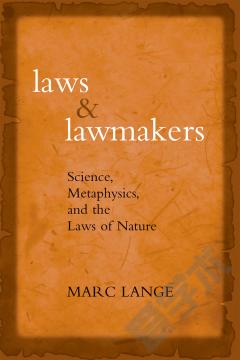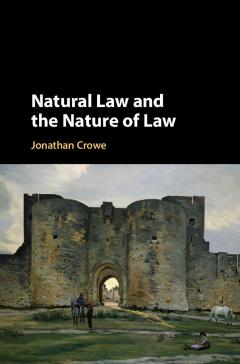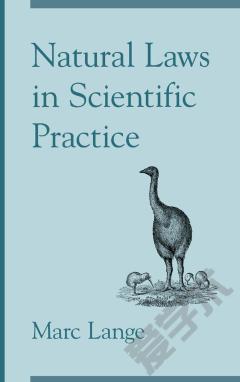Laws and Lawmakers —— Science, Metaphysics, and the Laws of Nature
----- 法律和立法者科学,形而上学和自然规律
Preface CHAPTER 1: LAWS FORM COUNTERFACTUALLY STABLE SETS 1. Welcome 2. Their necessity sets the laws apart 3. The laws's persistence under counterfactuals 4. Nomic preservation 5. Beyond nomic preservation 6. A host of related problems: triviality, circularity, arbitrariness 7. Sub-nomic stability 8. No nonmaximal set containing accidents possesses sub-nomic stability 9. How two sub-nomically stable sets must be related: multiple strata of natural laws 10. Why the laws would still have been laws 11. Conclusion: laws form stable sets CHAPTER 2: NATURAL NECESSITY 1. Our goal in this chapter 2. The Euthyphro question 3. David Lewis's "Best-System Account" 4. Lewis's account and the laws's supervenience 5. The Euthyphro question returns 6. Are all relative necessities created equal? 7. The modality principle 8. A proposal for distinguishing genuine from merely relative modalities 9. Borrowing a strategy from Chapter 1 10. Necessity as maximal invariance 11. The laws form a system 12. Scientific essentialism squashes the pyramid 13. Why there is a natural ordering of the genuine modalities 14. Conclusion: stability, as maximal invariance, involves necessity CHAPTER 4: A WORLD OF SUBJUNCTIVES 1. What if the lawmakers were subjunctive facts? 2. The lawmakers's regress 3. Stability 4. Avoiding adhocery 5. nstantaneous rates of change and the causal explanation problem 6. Et in Arcadia ego 7. The rule of law 8. Why the laws must be complete 9. Envoi: Am I cheating?
{{comment.content}}








 京公网安备 11010802027623号
京公网安备 11010802027623号